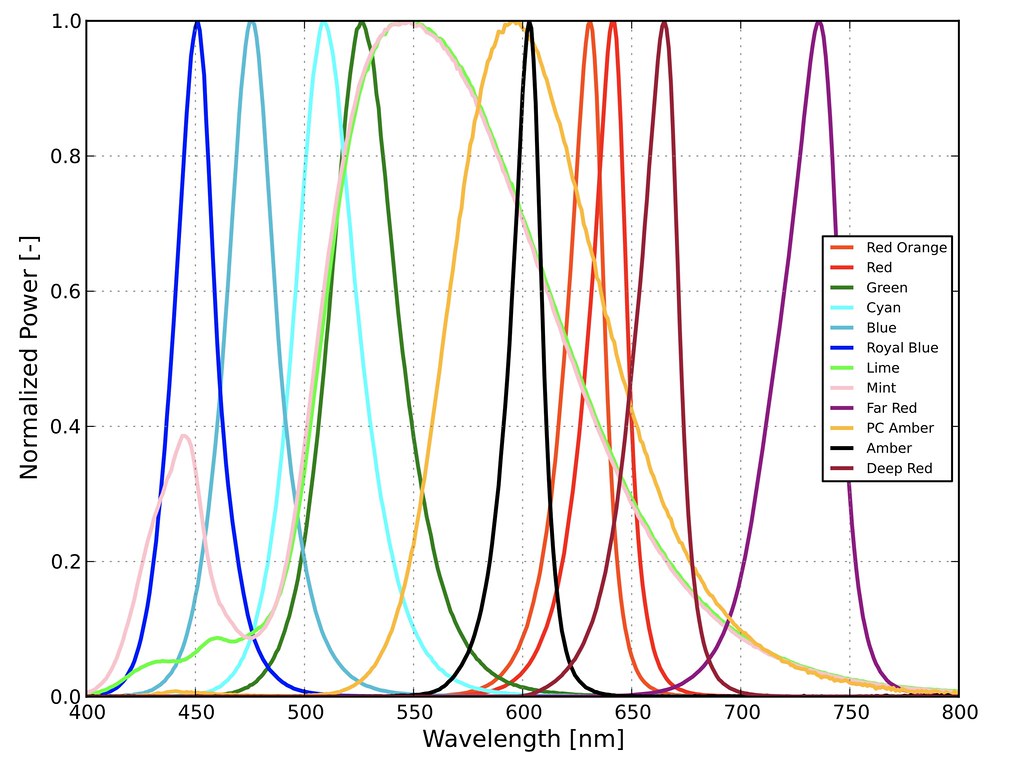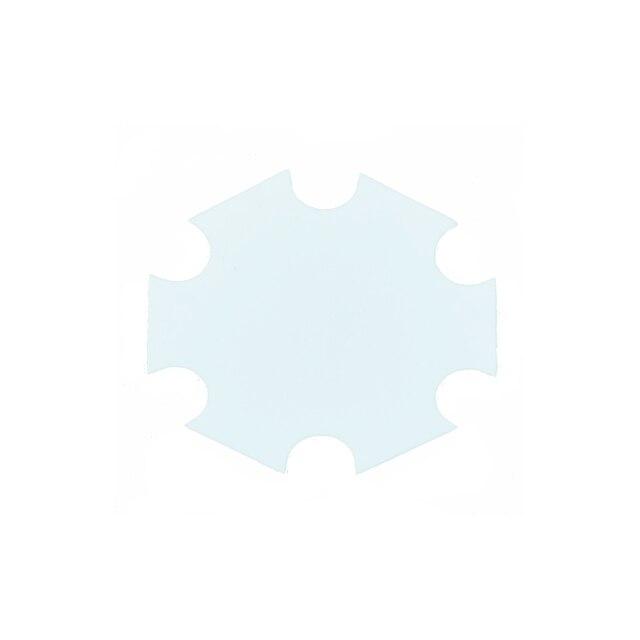You can get those on ebay?! Lol... for coral tanks they say. Mh "replacements" lol
D
D
Follow along with the video below to see how to install our site as a web app on your home screen.
Note: This feature may not be available in some browsers.



I noted the coolers in the thread.
It has been a great development in led efficiency.
In 2008 the blue leds were about 40% and white about 34%.
That means for a radiated light power of 100w You needed 250w input for blue and 203 w for white.
The Heat power was 150w for blue and 203w for white.
In 2021 the efficiency is 65% for blue and about 53% for white.
That means for a radiated light power of 100w You will need 154w for blue and 189w for white.
The heat power will be 54w for blue and 89w for white.
If we mix 50/50 the heat power has gone from 176.5 to 72.5w.
We need much less cooling today and passive cooling on a plate formed as a T5 light will dissipate enough for a tank of
40 gallon = 18 x 18 x 36 inches. A plate 5 inch wide and 36 inch length will transfer enough heat for 70w input and give about 100 par at the bottom. Just 1/16" aluminum.
Chanzon High Power Led Chip 50W Royal Blue Plant Grow Light (440nm-450nm / 1500mA / DC 30V-34V / 50 Watt) SMD COB Emitter Diode Components 50 W Bead for DIY Hydroponic Aquarium Growing Lamps
$7
Amazon
I've used those before, as well as the 460nm-470nm Blues. I'm not sure if "why wouldn't I" was rhetorical but you are far better spending the $14 up front to run each at 50W over 3 years. At 100w these degrade or burn out for me in a year or two. At 50w they seem good as new years later.Using the exact same one s. Only I use (2) 100w 10k on my 110g. Also T5 for actinic blues. Great drivers. Super cheap, replace the LEDs every 18 months. At $12 each why wouldn't I. Just my opinion
Leds get extremely hot. I’d be surprised if they run for 60 seconds with hot glue before being destroyed. You need thermal grease. They also make thermal epoxy that can be used.The drivers i think are the only real thing i need to research...
Making a diy moonlight now to play and learn a little with. The wires are even solderless. Lol. Well see. Im thinking hot glue gun to attach to heat sinks. 80deg optics on my moons.
Blue or white?!
Lol
Royal blue has been recommended.
On the topic note. Ive been through countless led fixtures and the t5 bulbs will add up over the years so a quality diy build might be my future. Did i already say that? Lol man im old.
Maybe a diy retrofit 2 or 4 bulb t5 invloved too we will see.
Thanks all!
-d
I’m using the same quick connect leds. Been using them for over a year now and they are fantastic. And so easy to setup and replace if/when you need to.Spammer dude the set rapid has put together for me will be solderless.
D
That’s very nice for the price.ReeFi Uno is basically a DIY LED, but with actual industrial design and craftsmanship. Equivalent power as Radion XR30 or Kessil A500X, but only for $350.
Rounding out the possibilities of thermal "glues".Leds get extremely hot. I’d be surprised if they run for 60 seconds with hot glue before being destroyed. You need thermal grease. They also make thermal epoxy that can be used.
I have used thermal tape and it was pretty terrible. Not sure about thermal pads. Its cheaper to DIY a light but still not really cheap. I abandoned the tape for thermal grease and screws. If you ever need to replace an led you're going to hate that pad due to the fact that it'll need to be scraped off. Hopefully they will work well enough that you won't have to worry about that.We will see if the thermal pads i got will hold the leds and optics... idk. I got a fancy heat sink too. Lol
D
Which thermal pads and heat sink did you get?We will see if the thermal pads i got will hold the leds and optics... idk. I got a fancy heat sink too. Lol
D

